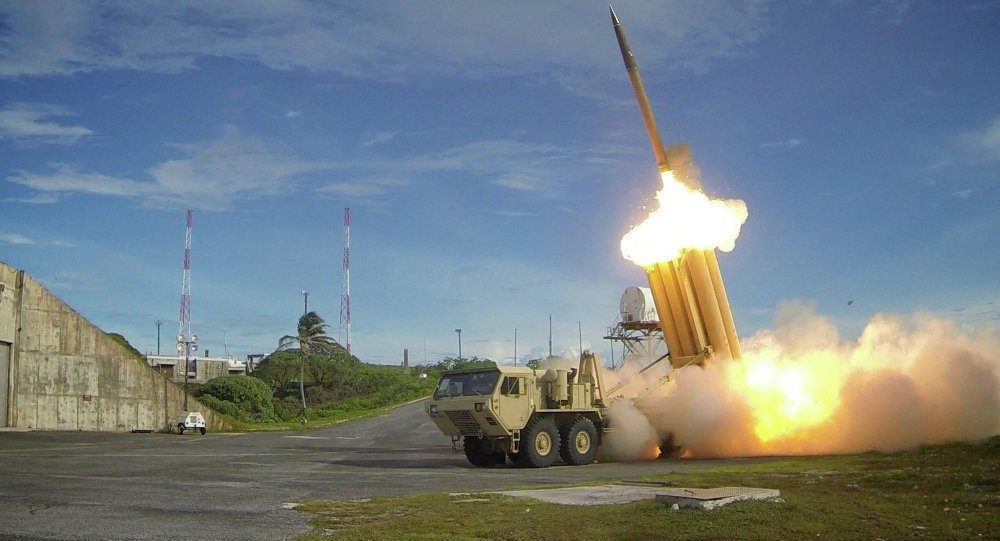-
Tips for becoming a good boxer - November 6, 2020
-
7 expert tips for making your hens night a memorable one - November 6, 2020
-
5 reasons to host your Christmas party on a cruise boat - November 6, 2020
-
What to do when you’re charged with a crime - November 6, 2020
-
Should you get one or multiple dogs? Here’s all you need to know - November 3, 2020
-
A Guide: How to Build Your Very Own Magic Mirror - February 14, 2019
-
Our Top Inspirational Baseball Stars - November 24, 2018
-
Five Tech Tools That Will Help You Turn Your Blog into a Business - November 24, 2018
-
How to Indulge on Vacation without Expanding Your Waist - November 9, 2018
-
5 Strategies for Businesses to Appeal to Today’s Increasingly Mobile-Crazed Customers - November 9, 2018
North Korea expands propaganda broadcasts: Seoul
North Korean Leader Kim Jong Un reiterated Monday his claim that last week’s test was of a miniaturized hydrogen bomb.
Advertisement
“What we’ll continue to do is work not just with South Korea and Japan but also with China and Russian Federation to deeply isolate the North Koreans”, White House Chief of Staff Denis McDonough said in an interview with CNN, released Sunday, Washington time. “North Korea’s nuclear test is a blatant violation of its global obligations”.
The North also initiated propaganda broadcasts on Monday from loudspeakers situated on its border with the South, in a tit-for-tat response to the South’s decision on Friday to resume such broadcasts.
Kim urged them to ensure “uninterrupted advance and innovation… for bolstering the nuclear deterrent”, the North’s official KCNA news agency reported. North Korea responded to the flyover by calling the United States “stupid” and promising it would “take on nuclear threats with a nuclear response”.
In a show of strength on Sunday, January 10 a B-52 Stratofortress – flanked by South Korean F-15 fighter jets and US F-16 planes – flew over Osan Air Base, some 70 kilometres (45 miles) south of the inter-Korean border.
A top North Korean ruling party official’s recent warning that the South’s broadcasts have pushed the Korean Peninsula “toward the brink of war” is typical of Pyongyang’s over-the-top rhetoric.
Other strategic assets under consideration reportedly include a USA aircraft carrier, a nuclear-powered submarine and F-22 stealth fighters.
“The United States and South Korea are continuously and closely having discussions on additional deployment of strategic assets”, said Kim Min-seok, a spokesman at the South Korean Defense Ministry, declining to give specifics.
South Korea’s air force operations commander Lee Wang-Keun added their air force is ready to punish any provocations firmly and strongly whenever, wherever, and in whatever shape it may be.
Meanwhile, U.S. forces in South Korea were put on their highest level of alert on Monday in case of any provocation from North Korea.
The six-party talks were launched in 2003 to dismantle the DPRK nuclear program but stalled in December 2008.
The full cost of Pyongyang’s programme that year was estimated by the group at $700 million, making it the lowest spender among nuclear states, beneath Pakistan’s estimated $2.2 billion, although the analysis was made before the North’s two most recent nuclear tests.
He said the restraint had become imperative because maintaining peace and stability of Northeast Asia served the common interests of all relevant parties.
Royce’s committee approved the measure in February 2015 but the bill didn’t move forward until last week when North Korea said it detonated a thermonuclear device with massive destructive power.
Advertisement
North Korea considers the South Korean broadcasts tantamount to an act of war.





























